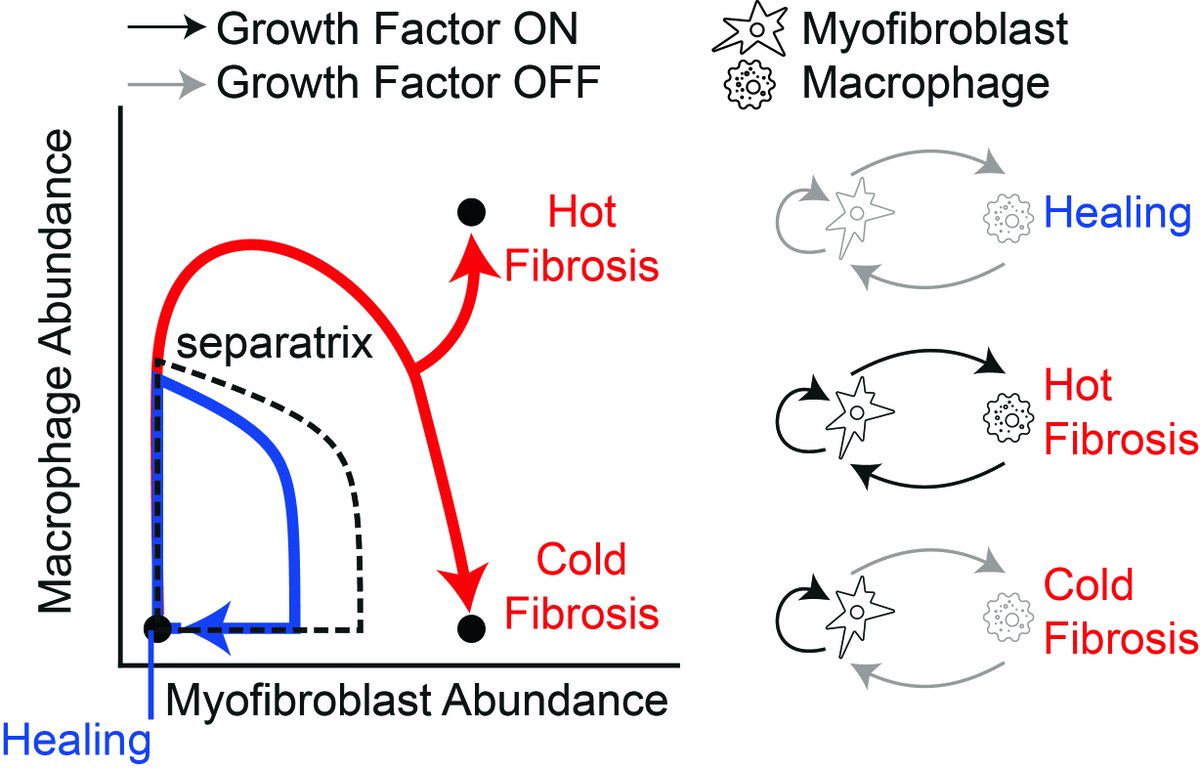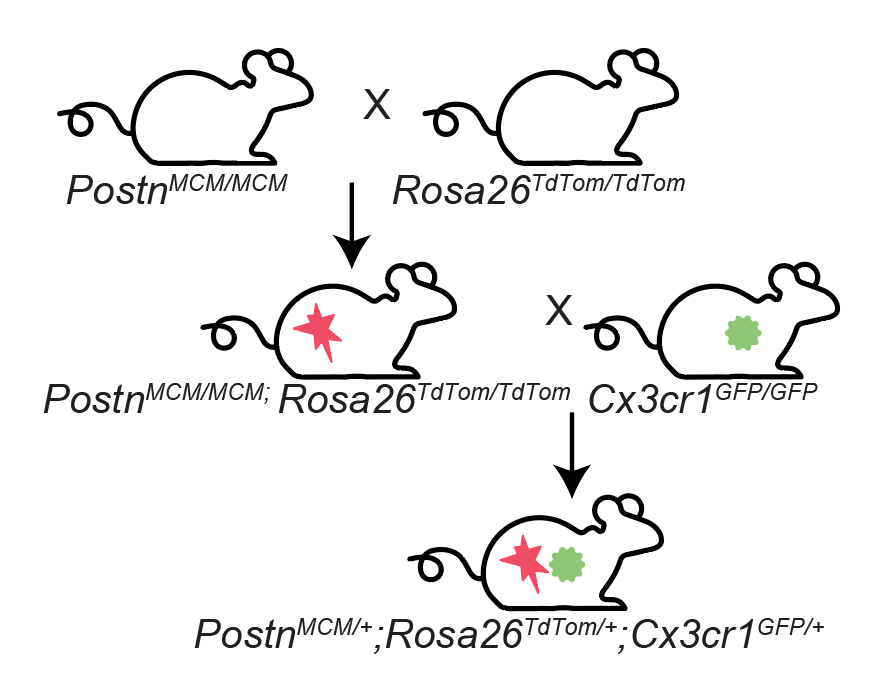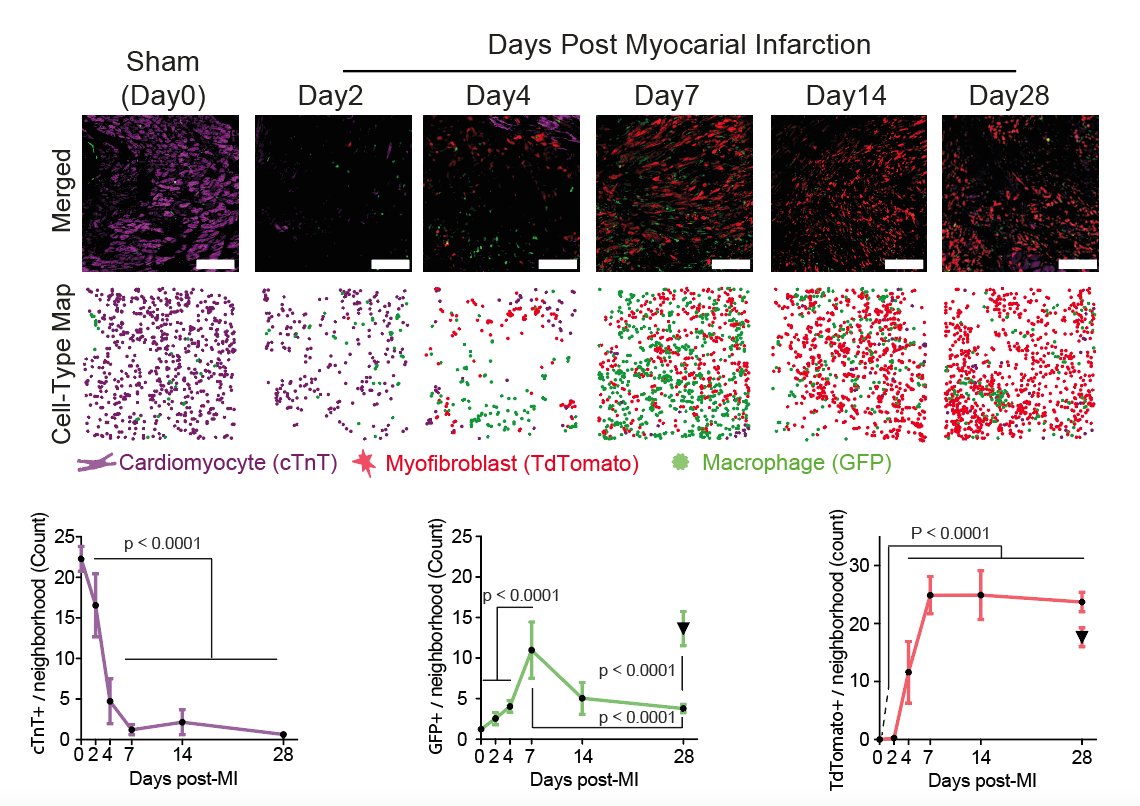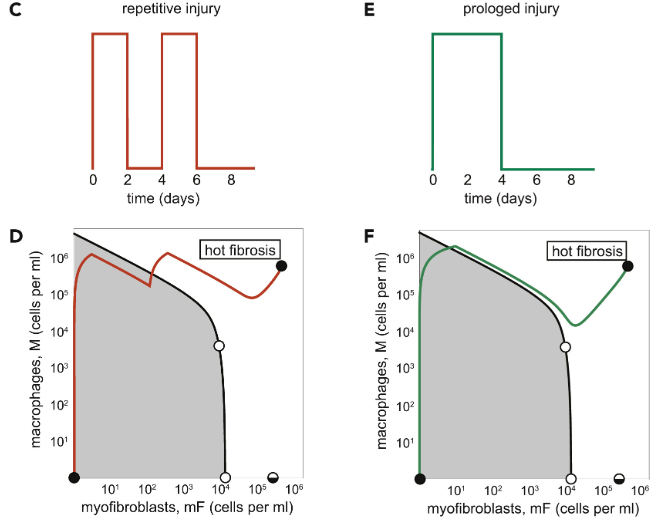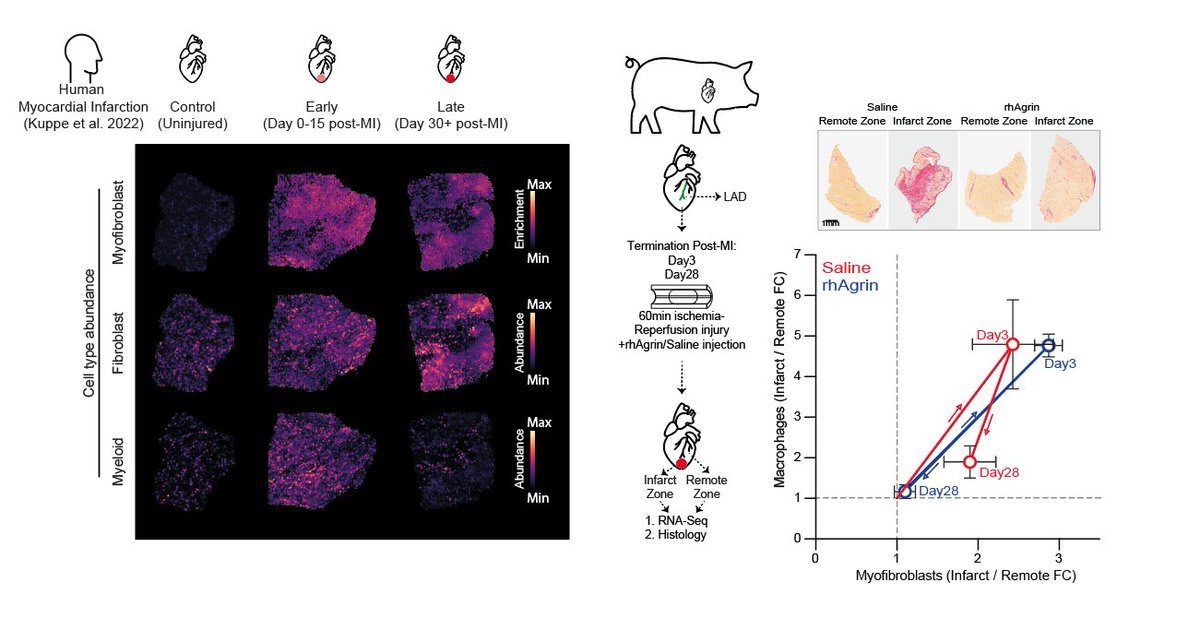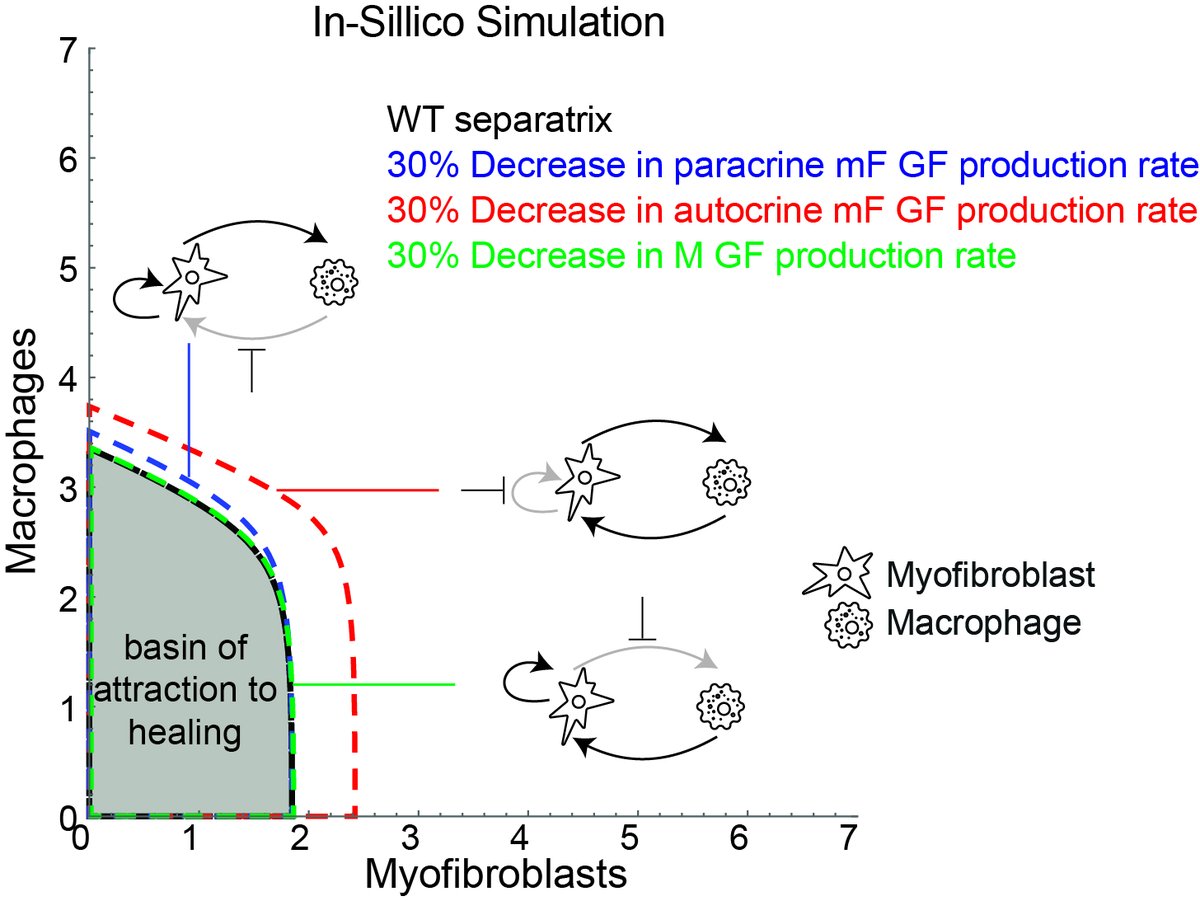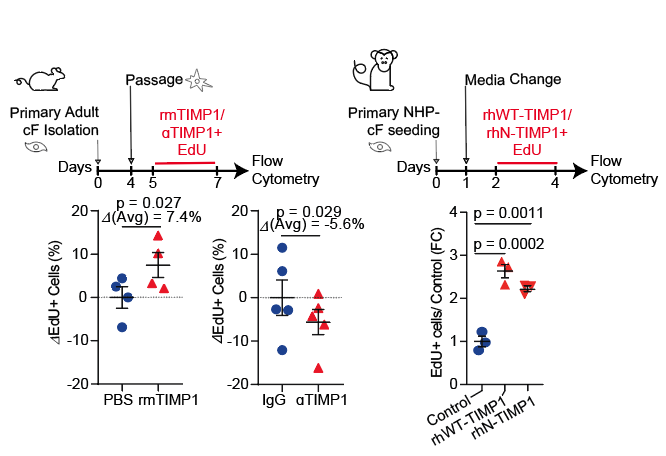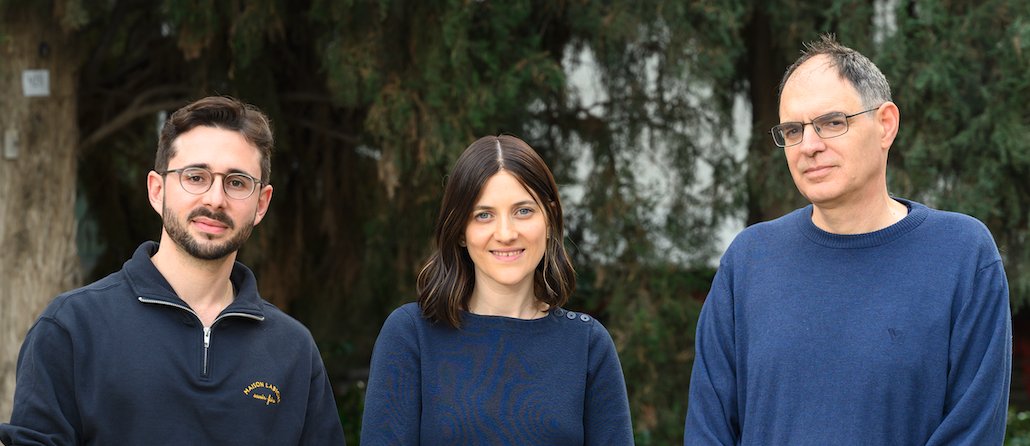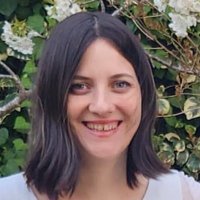
Miri Adler
@miriadler
Faculty member @HebrewU, exploring universal principles of tissues using a combination of mathematical modeling and analysis of single-cell data.
ID: 955026232218931200
https://www.adler-lab.com/ 21-01-2018 10:36:12
291 Tweet
511 Followers
263 Following

A tremendous collaborative effort, spearheaded by my brilliant PhD student Shoval Miyara, co-mentored by my friend Uri Alon, and the amazing Miri Adler from @Rmedzhitov's team. (2/)
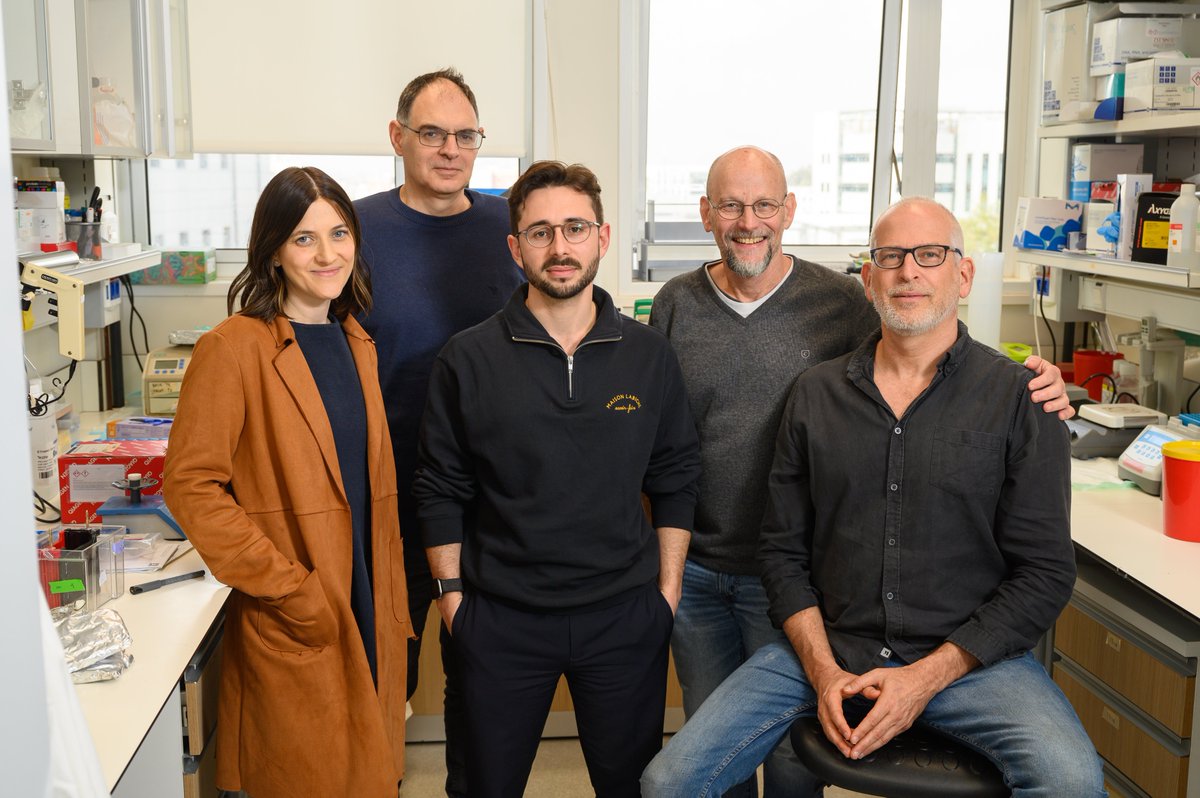











We used NicheNet analysis on scRNAseq data (doi.org/10.1016/j.celr…), generously shared by Elvira Forte and team, to identify TIMP1 as a key post-myocardial infarction autocrine growth factor for myofibroblasts
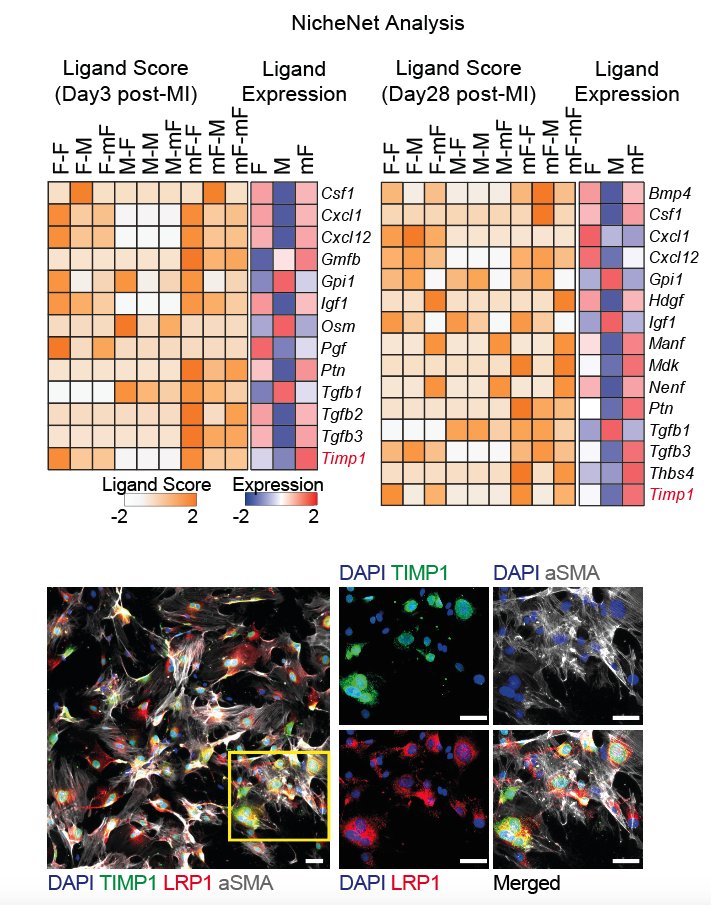





The story of our collaborative cardiac fibrosis paper with Uri Alon, Shoval Miyara, Miri Adler and many more. wis-wander.weizmann.ac.il/life-sciences/…

Our work made it to the cover of Cell Systems! 🥳 Cold and hot fibrosis define clinically distinct cardiac pathologies Check out our paper here: cell.com/cell-systems/f… Uri Alon Eldad Tzahor Miri Adler Weizmann Institute Hebrew University
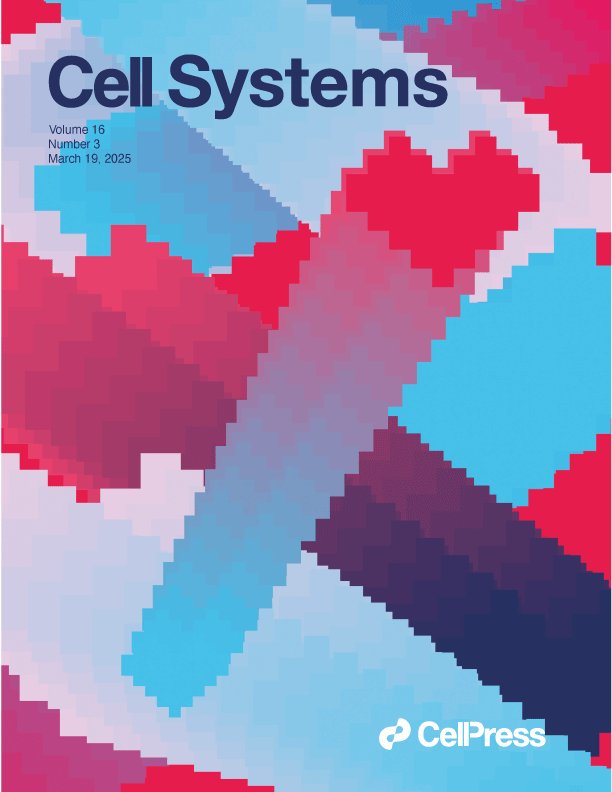
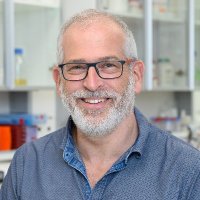
Theory predicted two kinds of fibrosis, hot and cold. We show in vivo that hot and cold fibrosis describe heart failure, and heart attack, respectively, showing that they are very different disease states. Shoval Miyara Miri Adler Eldad Tzahor

